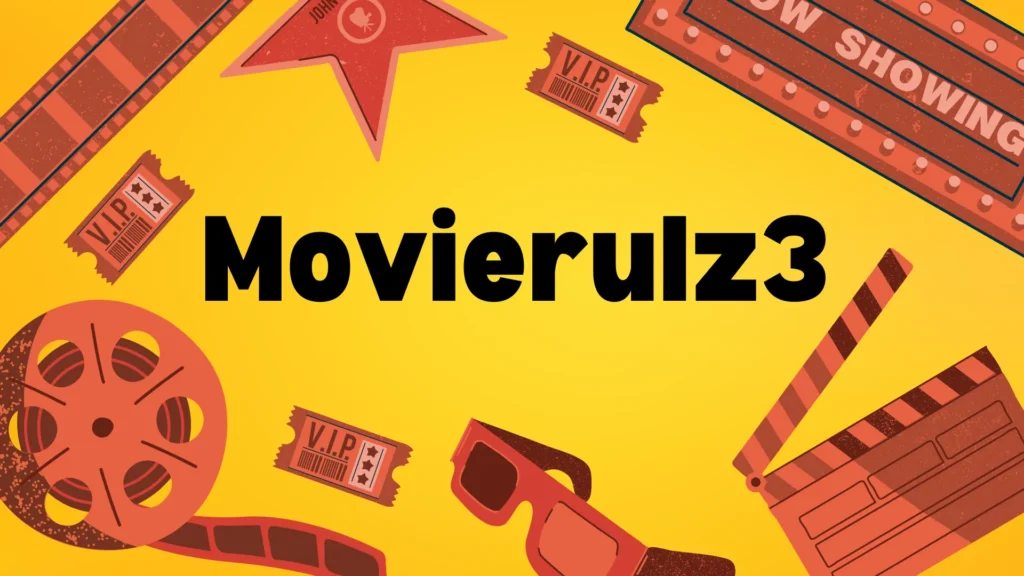Boku no Pico is a Japanese original video animation series produced under the adult label Natural High, known primarily for its controversial subject matter and the intense debate it has generated within anime communities. The title became infamous due to its depiction of age-coded characters within erotic contexts, which placed it at the center of ethical, legal, and cultural scrutiny across regions and platforms. This article focuses strictly on factual production details, release history, content structure, reception, and cultural context without graphic description or extraneous commentary.
What Is Boku no Pico?
Boku no Pico is a three-episode OVA series released between 2006 and 2008 and is frequently described by its producers as an early example of a shotacon-oriented anime product. It was developed for direct-to-video distribution rather than television broadcast, allowing the creators to operate outside typical broadcast standards. Its core notoriety stems from content decisions involving age presentation and relational dynamics, which have elicited persistent criticism and caution across fan spaces and media discussions.
Production Details
The Boku no Pico series was produced by Natural High, a label recognized for adult content releases that target niche consumer segments within the Japanese market. Direction for the OVA entries is commonly attributed to Katsuyoshi Yatabe, with writing credited to Katsuhiko Takayama and production oversight by Seiji Kaneko in various public databases and summaries. The audiovisual design tends toward soft color palettes and androgynous character styling, with a subdued musical approach designed to create a dreamlike mood and slow pacing throughout episodes.
Boku no Pico Release Format and Media
Boku no Pico consists of three primary OVA episodes released on DVD in Japan, with the first entry debuting in 2006 and subsequent parts following within the next two years. Alongside the core trilogy, there exists an edited variant of the first episode intended for adjusted content presentation in certain contexts. The franchise later expanded with ancillary materials, typically cited as including a short manga one-shot, a simple computer game, and a music or song compilation that packaged tracks and visuals related to the OVA.
Episode Structure and Non-Explicit Summary
The Boku no Pico series is structured as a loose trilogy with each episode centering on a small cast and shifting locations, rather than forming a continuous plot across all parts. The first episode establishes the main character framework and aesthetic tone, positioning the narrative in seasonal, leisure-oriented settings that emphasize stylized visuals. The second and third episodes shift focus to additional characters and environments, reworking dynamics among the cast and concluding without conventional resolution to ethical conflicts raised by the premise.
Target Market and Classification
The OVA was developed for adult audiences within a niche segment and is broadly categorized under hentai due to explicit themes, even though distribution practices and edits varied by release. Marketing language historically aligned the title with shotacon, a classification tied to depictions of young-looking male characters, which has made it controversial beyond typical adult animation debates. As a result, international accessibility has often been restricted, and platform policies have limited or prohibited the work in many spaces.
Also Read – 40starhd: Everything You Need to Know About the Platform
Legal and Policy Considerations
Legal treatment of content resembling underage depictions varies significantly by jurisdiction, resulting in a patchwork of restrictions, enforcement practices, and platform moderation rules. In many regions, the production, distribution, and possession of such material may be illegal or tightly controlled, prompting services to remove listings, disable uploads, or block links. Due to these factors, public discussion typically emphasizes caution, abstention from sharing content, and explicit content warnings when referencing the title in educational or analytical contexts.
Reception and Critique
Reception has been dominated by ethical assessments rather than conventional artistic appraisal, with most commentary focusing on age-coded representation, consent implications, and power dynamics. Audience ratings in community databases often reflect backlash and moral objections rather than engagement with animation quality or narrative coherence. Critical discourse, when present, typically frames the work as transgressive and harmful, leading to continued stigmatization within both mainstream and niche circles.
Cultural Impact and Meme Status
Despite limited legitimate distribution, Boku no Pico became well-known through internet culture, particularly via “shock recommendation” pranks in forums, chats, and social networks. These recommendations encouraged unsuspecting newcomers to look up the title, generating reaction content that amplified its notoriety beyond its original niche. Over time, the phrase “Boku no Pico” evolved into shorthand for taboo content within anime fandoms and is often cited as an example of what not to recommend.
Why the Title Persists in Discourse
The title endures in conversations because it occupies a unique intersection of transgression, policy boundaries, and internet folklore. It is regularly invoked in discussions about content warnings, recommendation ethics, and the responsibilities of community moderators to protect mixed-age spaces. As a case study, it is often referenced to illustrate the necessity of clear age-appropriateness standards and transparent tagging for sensitive or explicit media.
Also Read – Movierulz3: What It Is, Legal Risks, and Safe Alternatives
Guidelines for Responsible Reference
When Boku no Pico is mentioned in writing or conversation, responsible practice includes avoiding graphic description, excluding direct links, and providing clear content warnings that identify the nature of age-coded themes. Writers and publishers typically avoid screenshots or embedded media and maintain a strictly informational tone focused on production facts, release history, and policy implications. Editors and moderators often apply stricter rules in youth-accessible spaces, preferring to remove or quarantine explicit references to limit potential harm and legal exposure.
Conclusion
Boku no Pico is an adult OVA series produced by Natural High and released as a three-part direct-to-video title between 2006 and 2008, accompanied by limited ancillary media and an edited variant of episode one. Its ongoing prominence arises not from conventional acclaim but from widespread ethical condemnation, rigorously enforced platform policies, and recurring meme dynamics that circulated its name as a shock reference point. In contemporary discourse, it functions as an example of why explicit content requires strict age, consent, and policy scrutiny, and why many communities forbid or heavily restrict engagement with such material.
FAQs
What is Boku no Pico?
Boku no Pico is a Japanese adult OVA series produced by the label Natural High, widely described by its producer as a shotacon-oriented work and consisting of three episodes with an edited version of episode one also released.
How many episodes are there and when was it released?
The franchise includes three primary OVA episodes released between 2006 and 2008, along with an edited cut titled “Pico: My Little Summer Story” derived from the first episode.
Why is Boku no Pico controversial?
It is controversial due to its age-coded depictions and power dynamics, which many audiences consider unethical, leading to strong community warnings, moderation actions, and restricted availability across platforms and regions.
Who produced it and how was it distributed?
The series was produced under the adult label Natural High and distributed as direct-to-video OVAs, bypassing television broadcast standards typical for explicit or niche content in Japan.
What is its status in anime fandom and internet culture?
Boku no Pico became infamous as a “shock recommendation” and internet in-joke, making it widely known despite niche distribution and ongoing ethical criticism within fan communities.


